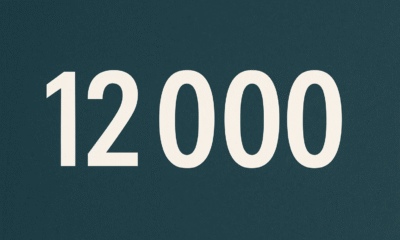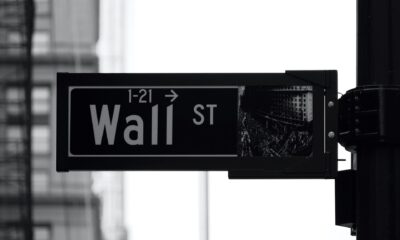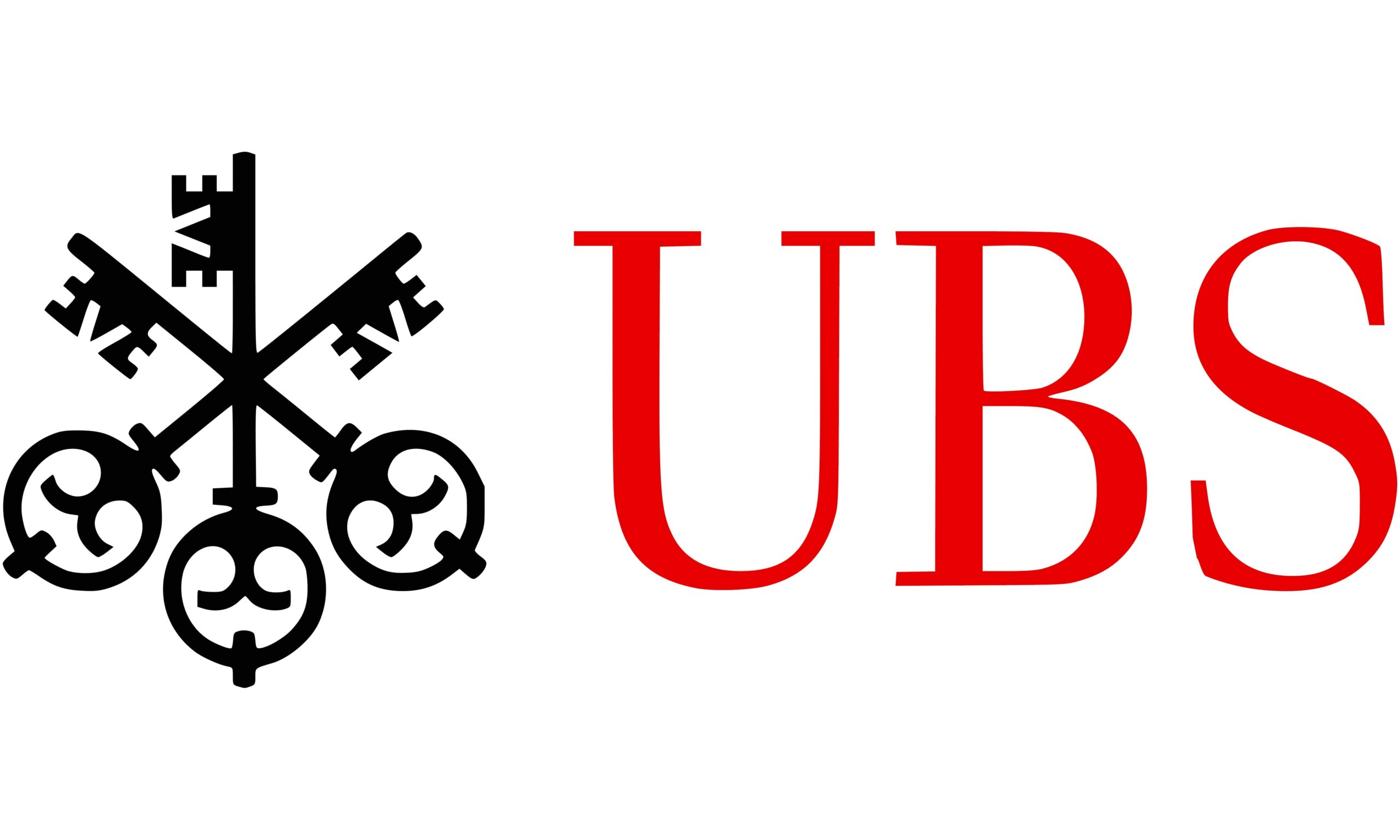ag säger inte att det kommer att ske nu, men när (och om) Börsen kommer att falla så var beredd. Kom inte och säg att Du inte varnades. Medierna har verkligen varnat dig. Det går inte en dag som jag inte ser en rubrik från en tidning, en tv-show eller en webbplats om den kommande kraschen, korrigeringen eller sprängningen av bubblan som kommer snart på aktiemarknaden.
Det är svårt att inte säga att vi står inför någon form av sättning. Vi har haft en åttaårig tjurmarknad sedan finanskrisen 2007-2009. Alla tre av de stora börsindexen är på rekordhöjder. Faktum är att den nuvarande rallyn, efter 98 månader, är den näst längsta börsuppgången sedan andra världskriget. Även om det inte har varit en rak körning på uppsidan, har det varit en stadig uppåtgående trend sedan marknadens botten träffades i mars 2009.
Rakt upp sedan presidentvalet
På kort sikt, sedan det amerikanska presidentvalet, har det flesta aktierna gått rakt upp. På valdagen i år stängdes Dow Jones Industrial Average, som är det mest använda referensindexet på den amerikanska marknaden, på 18 332. När detta skrivs befinner sig samma index över 21 400. Detta är mer än 17 procent högre på knappa åtta månader. När vi ser hur en prisutveckling pågår så länge och så snabbt är det många som förväntar sig ett tillbakadragande. Att försöka förutse när och hur det kommer att hända är emellertid svårare.
Marknadsökningen sedan presidentvalet
Det faktum att marknaderna har stigit högre sedan valet har inte varit överraskande. När allt kommer omkring sågs president Trump som mer professionell än president Obama. Om saker går bra för företagen ökar vinsterna, och det betyder vanligtvis högre aktiekurser. Så ett rally efter valet var inte så förvånande. Vad som har varit överraskande är rallyts storlek och hastighet.
Det är särskilt förvånande när vi tittar på de ekonomiska rapporterna. Vi verkar befinna oss i en period med långsam ekonomisk tillväxt och låg produktivitetstillväxt, och aktierna är dyra baserade på historiska vinstmultiplar. De viktigaste initiativen hos den nya administrationen, skattereformen, ombyggnad av sjukförsäkringssystem, minskade reglerna – verkar fastnat i Washingtons låsning. Allting är det inte konstigt att ”experterna” förväntar sig en nedgång i aktiekurserna?
Hur skall man skydda sina investeringar?
Så, som investerare, vad ska vi göra för att skydda oss själva?
Det första vi bör göra är att granska vår risktolerans. Hur mycket risk är du bekväm med? Tänk på att de flesta har högre tolerans för risker när aktiemarknaden och börskurserna rör sig högre. Det är inte så att toleransen för risk faktiskt är högre – det är att marknaderna verkar mindre riskabla när den stiger. Och den portföljskadliga känslan av girighet kryper in för att få dig att tro att du är mer risktolerant att du verkligen är.
Vi bör också komma ihåg att det fungerar på samma sätt när aktiekurserna faller. När rubrikerna i tidningarna, på tv eller på Internet skriker om hur mycket aktierna har fallit, kommer den andra portföljskadliga känslan att röra sig in, och plötsligt är du inte så risktolerant som du trodde. Många lärde sig detta på den hårda vägen under Finanskrisen 2007/2009.
Du bör också komma ihåg att du är ungefär 10 år äldre nu och 10 år närmare den tid då du behöver din investering. Mest sannolikt är värdet på din portfölj också väsentligt högre nu, så du har mer risk.
Ha en väl diversifierad portfölj
Därefter bör du se till att din portfölj är väl diversifierad genom att sprida dess innehåll över flera tillgångsklasser. Vare sig OMXS30, Dow Jones Industrial Average och S & P 500 är representativa för hur din portfölj ser ut. Dessa index består av aktier i de stora, mest omsatta företagen. En rätt diversifierad portfölj kommer också att omfatta bestånd av small caps och medelstora företag. Den kommer också ha inslag aktier eller fonder från andra länder. Du bör också hålla en blandning av obligationer. Obligationssidan i portföljen bör spridas över olika löptider, regeringar och företag. Den rätta blandningen för dig borde baseras på hur du svarar på risktoleransfrågan.
Kom ihåg att diversifiering av din portfölj innebär att du inte kommer att ha samma avkastning som den ”heta” tillgångsklassen, som amerikanska aktier just nu. Men det betyder också när den heta tillgångsklassen plötsligt blir kall, kommer du inte att drabbas av samma skada.
Slutligen måste du vara disciplinerad. Om det går bra för ett visst tillgångsklass, eller mycket dåligt, måste du hålla fast vid din investeringsstrategi. Låt inte rubrikerna, bra eller dåliga, påverka sättet Du hanterar din portfölj.
Okej, du har blivit varnad. I framtiden kommer marknaderna att gå ner. Vi vet inte när, och vi vet inte med hur mycket. Men oavsett om du vill kalla det en krasch, en korrigering eller en bubbla som spricker, så vet Du nu hur Du skall hantera det.
Dow Jones
Dow Jones Industrial Average (DJIA), även kallat Dow Jones index, är ett amerikanskt aktieindex framtaget av grundaren till Wall Street Journal, Charles Henry Dow. Första gången Dow Jones Industrial Average publicerades var den 26 maj 1896, och Dow Jones är det äldsta amerikanska aktieindex som fortfarande publiceras. Dow Jones index omfattar trettio företag .

 Nyheter3 veckor sedan
Nyheter3 veckor sedan
 Nyheter4 veckor sedan
Nyheter4 veckor sedan
 Nyheter4 veckor sedan
Nyheter4 veckor sedan
 Nyheter3 veckor sedan
Nyheter3 veckor sedan
 Nyheter3 veckor sedan
Nyheter3 veckor sedan
 Nyheter4 veckor sedan
Nyheter4 veckor sedan
 Nyheter1 vecka sedan
Nyheter1 vecka sedan
 Nyheter2 veckor sedan
Nyheter2 veckor sedan






















